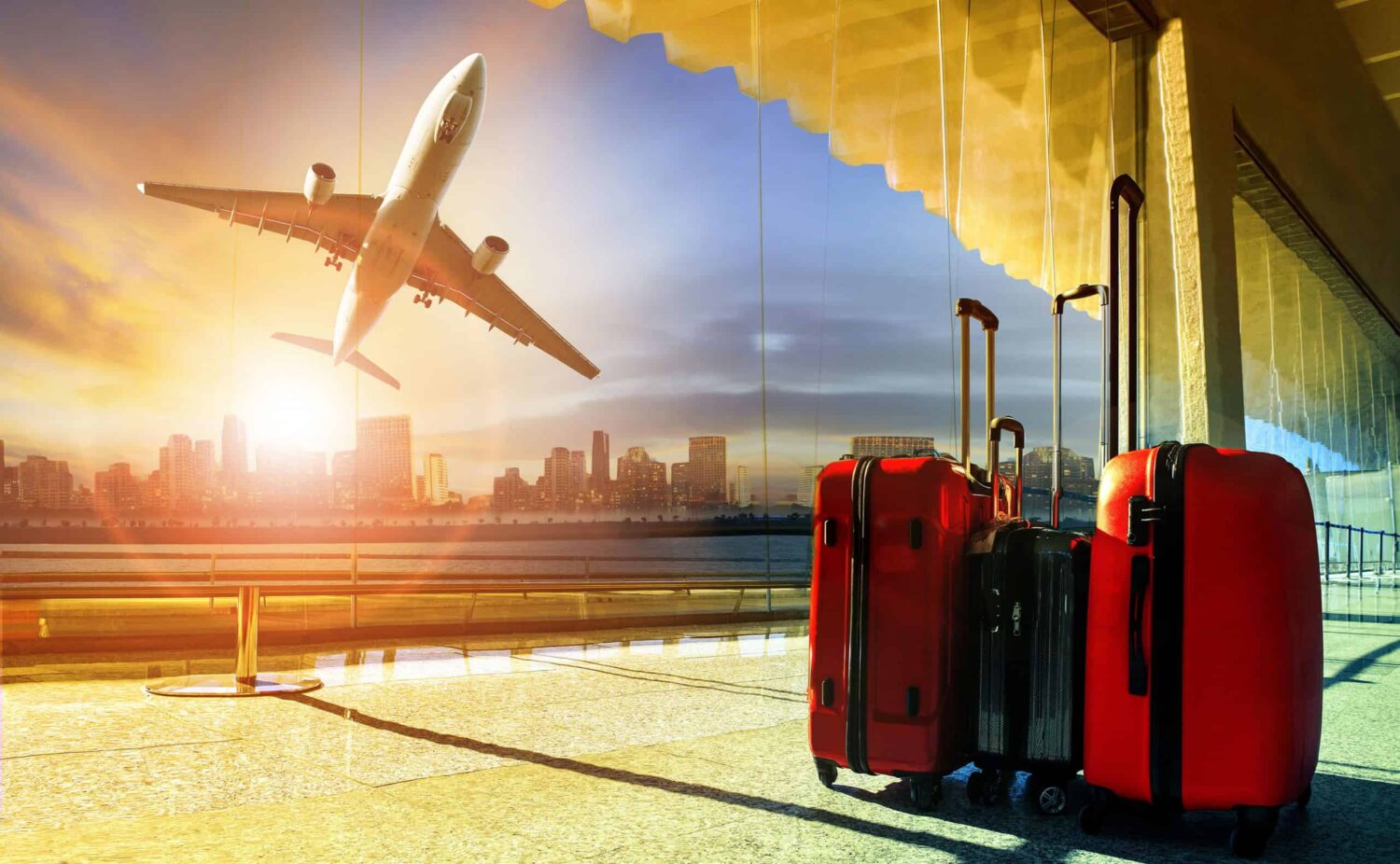PARIS – Diversifying and expanding inbound markets by increasing domestic and intra-ASEAN tourism, and addressing gaps in ICT infrastructure, cybersecurity, and digital skills, will help revive tourism as a growth engine for Emerging Asian economies,” said Mathias Cormann, Secretary-General of the Organisation for Economic Cooperation and Development (OECD).
“The pandemic changed tourist preferences, with greater interest in local travel, nature destinations, and wellness tourism. It also heightened awareness of environmental issues, which is an opportunity to enhance sustainable tourism,” he added.
Before the COVID-19 pandemic, travel and tourism generated approximately 12 percent of GDP in Southeast Asian economies and provided around 11 percent of employment in Emerging Asia as a whole.
The return of tourists will therefore be key to further bolstering economies amidst uncertainties and weak external demand, according to the OECD Economic Outlook for Southeast Asia, China, and India 2023: Reviving Tourism Post-Pandemic, released on Sunday.

Tourism is beginning to rebound as restrictions implemented in response to the COVID-19 pandemic have been lifted. However, the sector must adapt to various challenges to reach its full potential. It is composed mostly of micro, small, and medium-sized enterprises, many of which require assistance in digitalizing their operations. Their workers also need to enhance their digital skills to boost productivity, and informal and migrant workers need to be integrated into social support systems.
These factors, combined with more demanding working conditions and lower wages than in many other sectors, have made recruitment difficult. As tourism continues to pick up, there is a risk that the recovery could stall where labor forces are not large or skilled enough.
There is also a need to adapt to new travel preferences post-pandemic. In addition to local travel and rediscovery, the confinement of lockdowns and focus on illness prevention reinvigorated desires for nature tourism or experiences focused on health and wellness.
The post-lockdown reopening of China will serve to counterbalance and provide a necessary economic boost for the region.
Developing stronger transportation links, especially low-cost airlines, could promote more intra-ASEAN tourism, particularly to destinations that receive relatively few international travelers. India remains a largely untapped source market despite its large population, and certain Southeast Asian countries could diversify their tourist flows to become less reliant on any single country as a major tourist source.








